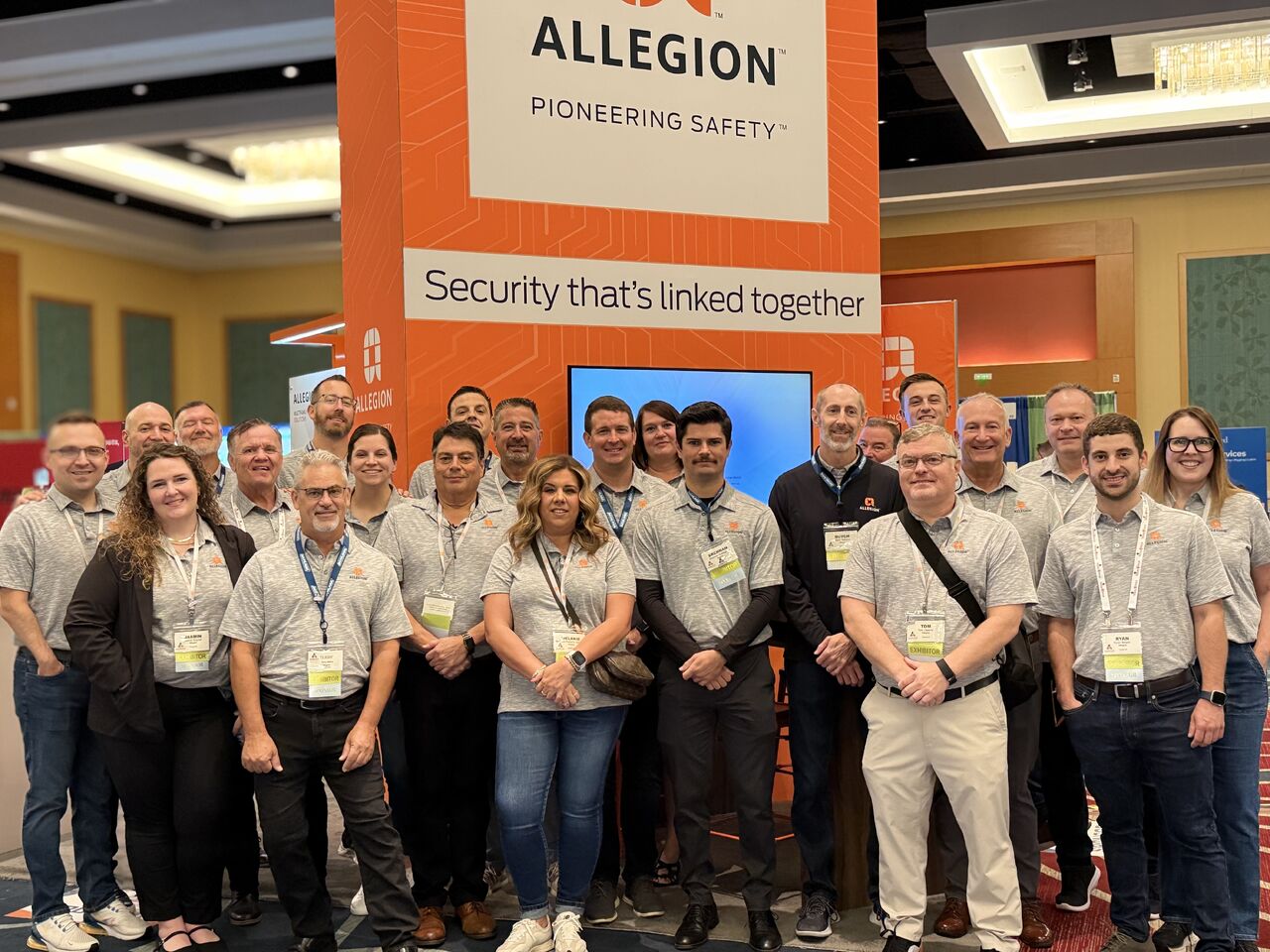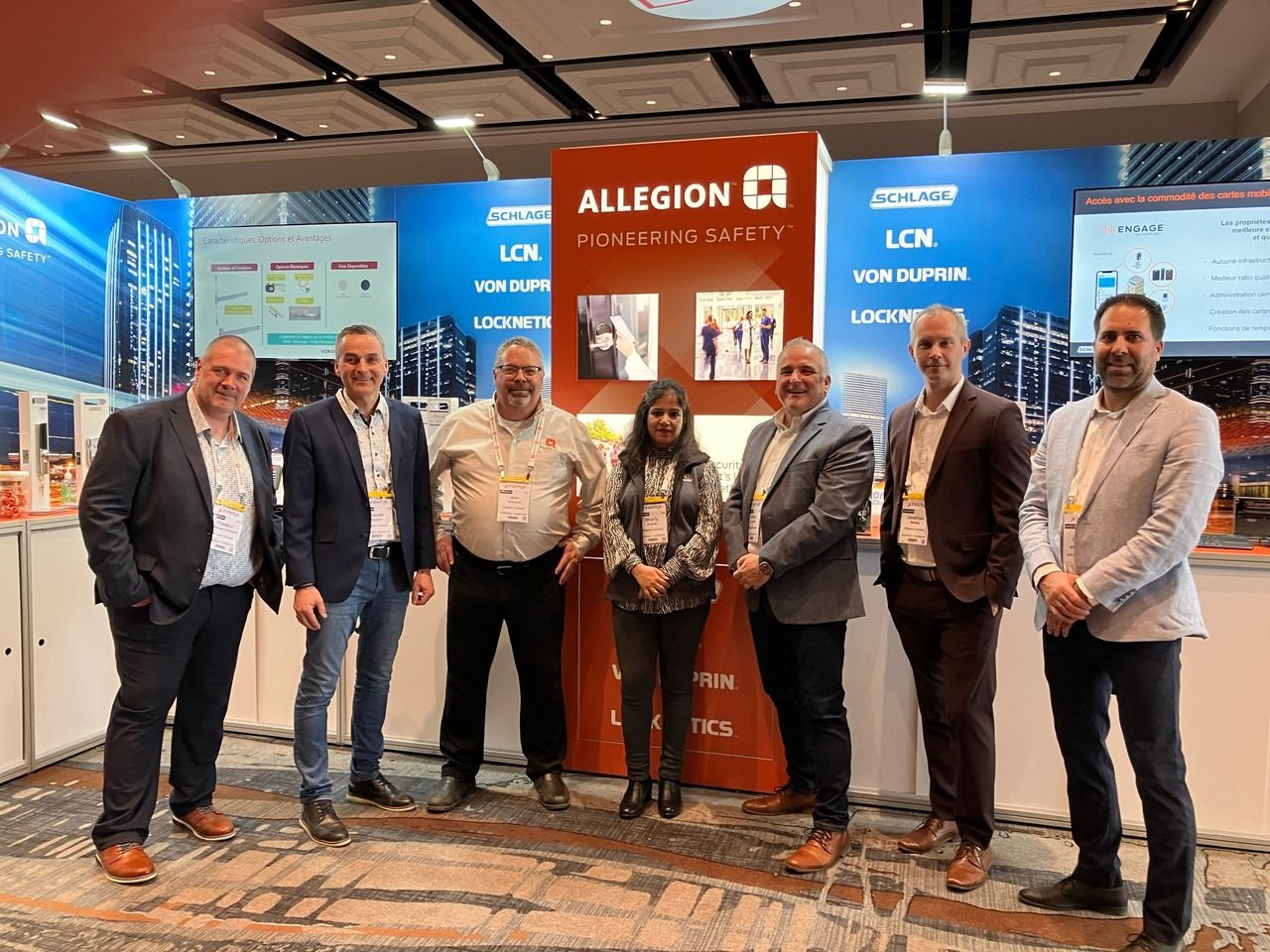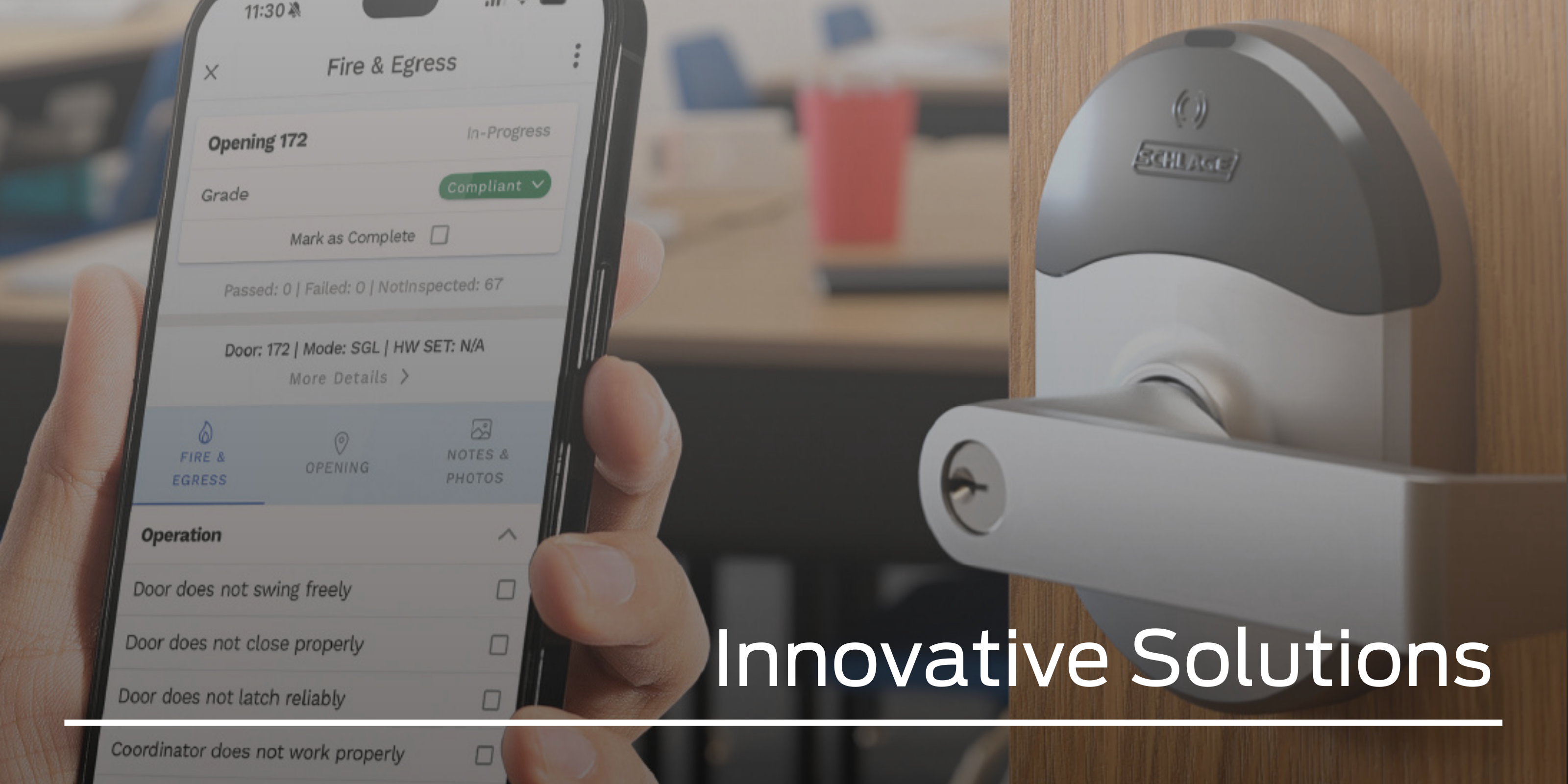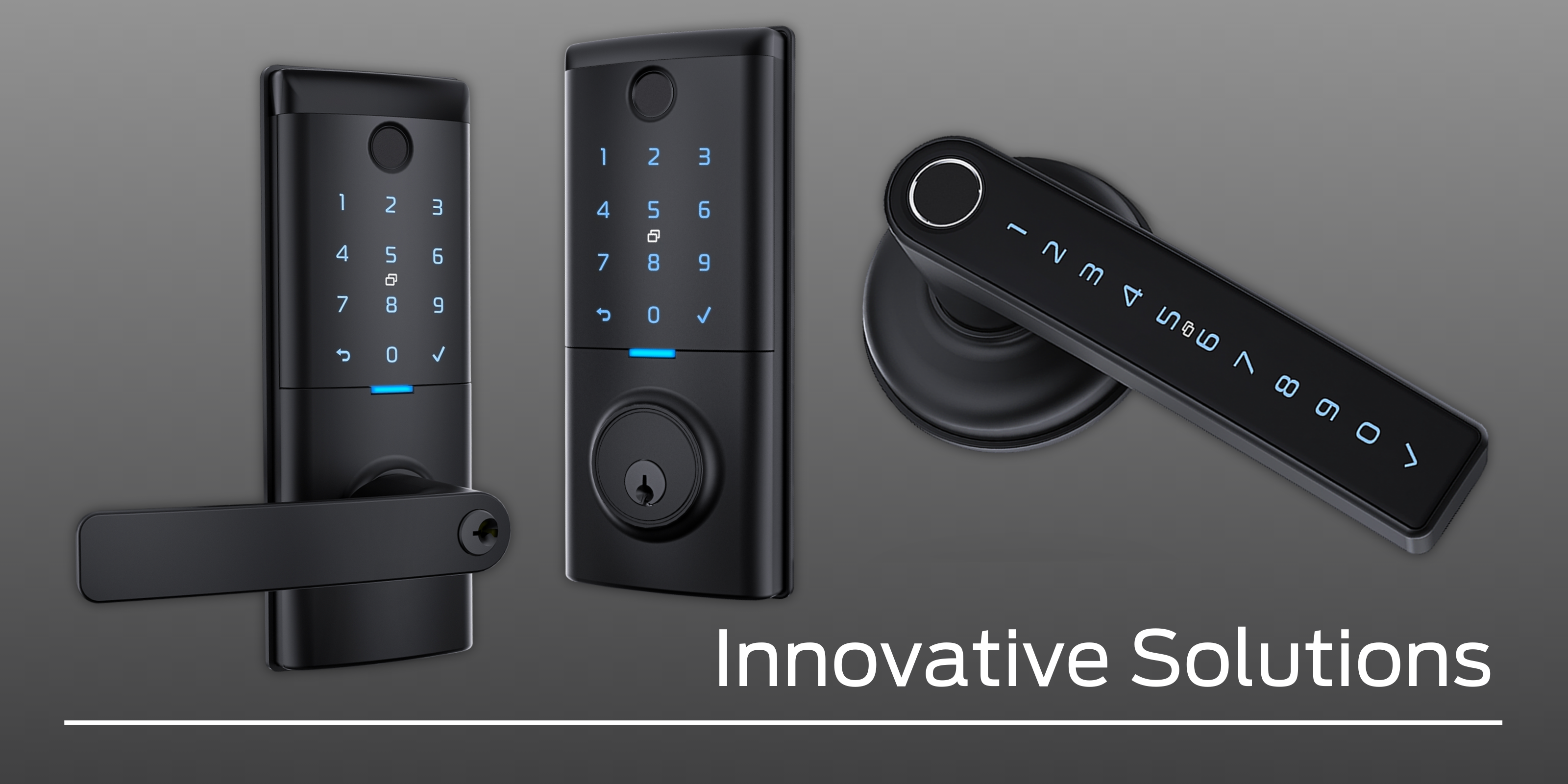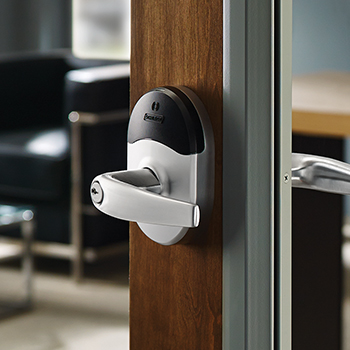
“Risk always exists,” says Martens. “Nothing is 100 percent secure. Locks get picked. Software gets hacked. So the question is not if a security breach will happen, but when.”
Integrators, Martens says, should focus the “risk discussion” on how quickly a security solution can respond and recover when there is a breach in the system.
“Instead of trying to prove a product is risk-free, we need to be talking about its response rate,” he explains. “Clients need to know you’re prepared to respond to threats and minimize your risk and exposure.”
For example, once access to a key configuration has been compromised, you have to rekey, replace the cylinder or, worst case, completely replace all the locks—a cumbersome and costly task. Whereas, with digital security, if you are hacked or compromised, you can shut off access and set new access rights in a much faster fashion, without having to visit each individual lock.
“Having the flexibility to respond and change is what really affects the level of security,” he says.
As “reporting devices,” digital locks allow users to remotely monitor locks, gather current state and status, and access them without physically having to touch the lock—all of which contribute to increased security.
Still starts with strong lock
Integrators should also remind their clients that digital locks are still built with the best physical security practices in mind.
“Digital locks are locks first—with some digital components added for enhanced security or convenience,” he says. “When you choose a digital lock from a manufacturer like Schlage, you can be assured it includes all the basic features you would expect from a lock.”
Martens shares that door hardware is a very specialized industry so the experts designing digital locks are not simply looking at them from the electronic perspective.
“Everything considered with mechanical locks is also considered with electronic locks,” he says. “But when there is an issue, the ability to adapt, respond and recover is much more heightened with electronic locks.”
Not one or the other
Security, however, is not really an issue of digital versus physical. Digital and physical security can greatly complement one another.
“The question is no longer about whether you should choose physical or digital security,” Martens says. “More and more facilities are not opting for one or the other, but the convergence of the two.”
Despite the fact that physical and logical security depend on each other, a surprising number of companies still treat them as separate systems, according to infosectoday.com. Right now, building access systems are typically put in place by the security department. Network and data security, on the other hand, are the domain of the IT department.
Instead, today’s facility owners need to adopt a holistic view of their security operations, particularly with telecommuting and remote work arrangements becoming more commonplace. Exterior and interior building access, as well as IT/computer access, should be integrated to complement one another and provide tighter security.
About Allegion
Allegion (NYSE: ALLE) is a global pioneer in safety and security, with leading brands like CISA®, Interflex®, LCN®, Schlage®, SimonsVoss® and Von Duprin®. Focusing on security around the door and adjacent areas, Allegion produces a range of solutions for homes, businesses, schools and other institutions. Allegion is a $2 billion company, with products sold in almost 130 countries. For more, visit www.allegion.com.
